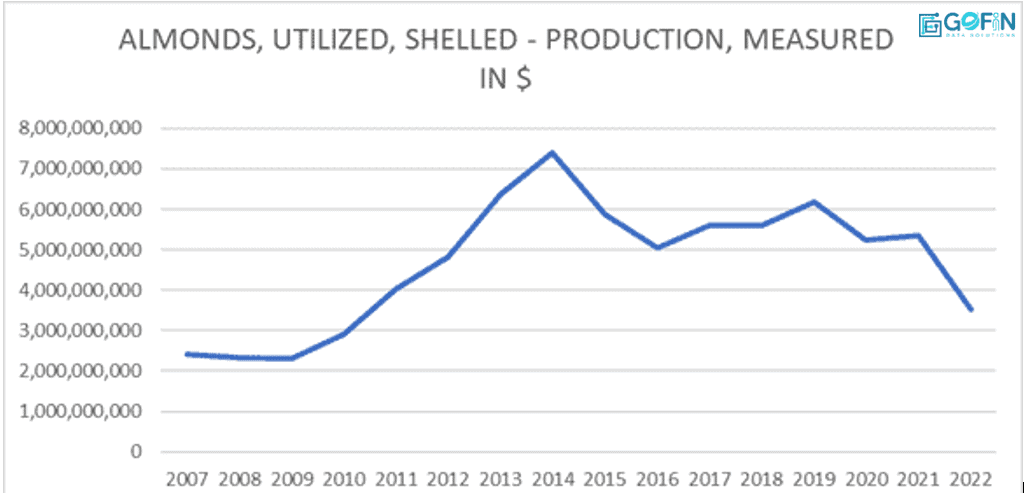According to the USDA (United States Department of Agriculture), Apples, which are crisp fruits, are quite adaptable and can be used to make a variety of dishes and beverages, such as apple butter, apple cider, and of course, apple pie. These fruits are sweet and adaptable, but they also have high levels of antioxidants and fiber, which means they keep the doctor away, according to Healthline.
The United States is the world's second-largest apple grower, trailing only China. Poland, Italy, and France follow the United States regarding output. Approximately 200 distinct apple types are grown in the United States. Red Delicious, Gala, Granny Smith, Fuji, Golden Delicious, Honey Crisp, McIntosh, Rome, Cripps, Pink/Pink Lady, and Empire are the top ten kinds in the United States (U.S. Apple Association, 2021).
The United States has about 5,000 apple growers that produce an average of 240 million bushels of apples each year. The apples are grown on approximately 322 thousand acres of land by these farmers (U.S. Apple Association, 2021). The top ten apple-producing states, in order, are: Washington, New York, Michigan, Pennsylvania, California, Virginia, North Carolina, Oregon, Ohio, and Idaho.

Source- USDA, Lending acres, Gofin Data Solutions Inc.
In terms of fresh apple imports and exports, the United States maintains a strong positive trade balance. In the fiscal year 2021/22 (July to June), the United States exported more than 38.5 million bushels of fresh apples while importing only about 6.3 million bushels. These net exports (32.2 million bu) are worth around $730 million.
On the quantity front, imports increased by 20% over 2020/21 CY levels, while exports decreased. This means that in the 2021/22 fiscal year, the United States imported more expensive fruit and exported fewer expensive fresh apples.
Most years, about one-third of the apple production is exported, with a total worth of about $1 billion. The U.S. Apple Association and its members place a high premium on maintaining competitiveness through international commerce.
While not all growers export, exports affect everyone's prices, therefore commerce is vital to the industry's long-term viability. According to USDA, In 2021, the value of U.S. fresh fruit and vegetable exports to the world will reach $7.2 billion, a 4% increase over the previous year. Due to geographic closeness and climate, Canada remains the biggest U.S. market, accounting for 52% of total exports valued at $3.7 billion. Mexico stands second with 14% of U.S. exports, while no other market has had more than a 6% share of exports. Strawberry exports from the United States increased the most, increasing $68 million due to increased exports to Canada, Mexico, and Saudi Arabia. Apple exports from the United States increased the most, increasing by $62 million due to increased exports to Mexico, Taiwan, and Canada. Grape exports from the United States fell the most, down $61 million from 2020, with the highest losses of exports to South Korea, Hong Kong, and Vietnam.
According to a U.S. Apple analysis of Agriculture Department data, total U.S. apple production for 2022-23 is expected to reach more than 10.7 billion pounds or 255 million bushels. This marks a 2.7% increase over the previous year's production figure and a 3.5% decrease over the five-year production average. In terms of fresh apple imports and exports, the United States will maintain a solid positive trade balance.
By Prashansha Yadav
